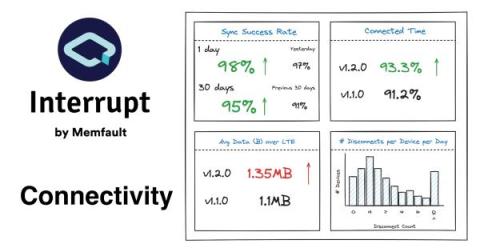Practical Zephyr - West workspaces (Part 6)
In the previous articles, we used freestanding applications and relied on a global Zephyr installation. In this article, we’ll see how we can use West to resolve global dependencies by using workspace applications. We first explore West without even including Zephyr and then recreate the modified Blinky application from the previous article in a West workspace.



